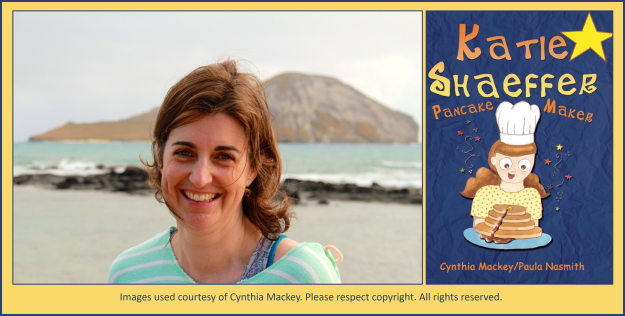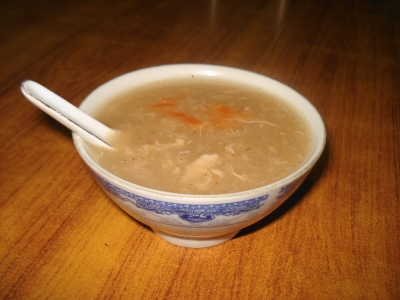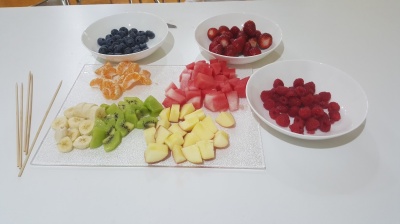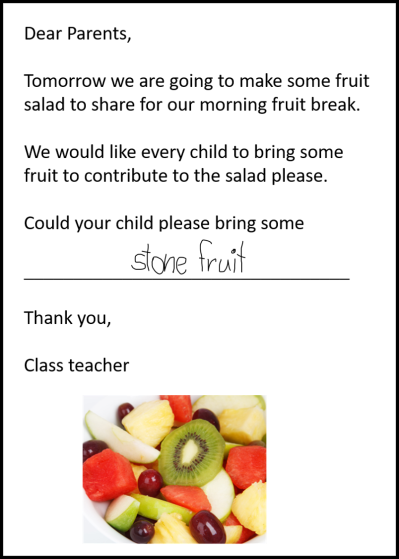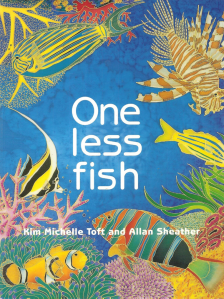I love the opportunity of finding out something I didn’t know before, and because there is so much that I don’t know, the opportunities seem to arise quite frequently. Perhaps if I’d taken more advantage of them in earlier years, there’d be less for me to know now, and I’d be more help on a trivia team.
Curiosity is an essential ingredient to learning and it is important for parents and teachers to encourage it in children, as well as themselves. Providing children with the opportunity of asking questions and helping them find out about what they want to know helps keep curiosity alive. Michael Rosen’s book Good Ideas: How to be Your Child’s (and Your Own) Best Teacher has many wonderful suggestions for doing just that. I wrote about that before here and here.

Over the past few weeks, I have felt increasingly challenged by the flash fiction prompts dished out by Charli Mills at the Carrot Ranch. This week she had me (almost) completely stumped with her challenge to In 99 words (no more, no less) write a (story) that includes the word longhorn. Charli’s in Kansas at the moment, and her reference is to longhorn cattle, a breed not familiar to most Australians. I was aware of a longhorn beetle, but knew little about them too.
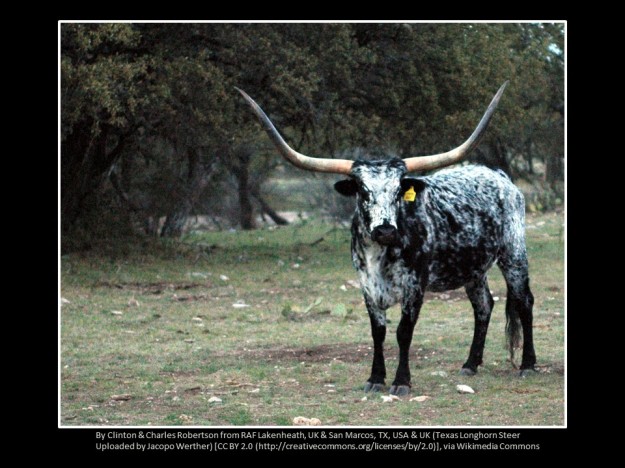
Observing photographs of longhorn cattle, these were my thoughts:
- Aren’t those horns heavy? How do they hold their heads up?
- Wouldn’t the horns be dangerous – to the horn owner, as well as to others?
- What would happen if the animals tried to move through scrub? They could get caught between trees, or knock their horns off.
- What is the purpose of the long horns?
- Imagine giving birth to something with horns like that!
- Are they bred for beef or diary?
How could I write anything without doing a little research?
Fortunately, research is no longer as difficult as it was when I was a child. Press a few buttons on the computer, and a world of information awaits. My first stop was Wikipedia, but I investigated other sites too, including The Longhorn Cattle Society and Texas Longhorns. Here’s some of what I discovered in answer to my questions:
- Longhorns are the descendants of the first cattle to arrive in the Americas with Christopher Columbus and Spanish colonists. Many escaped or were set free on the plains and were mostly feral for about two hundred years.
- Horns form part of the skull and are difficult to weigh on a live animal. As the horns may continue to grow for several years, there are some differences, and steer horns are usually longer (and presumably heavier) that those of bulls and cows.
- Horns start to grow at about three weeks. Phew – after birth! In fact, The Longhorn Cattle Society states that the cows are great breeders and have few calving problems.
- Although the cattle may appear dangerous with their large horns, they are actually quite docile. However, they may experience damage to their horns if they are kept in confined spaces.
- According to Texas Longhorns, the horns are considered non-functional. I can’t imagine walking around with something that appears so heavy and unwieldy on my head, just for adornment!
- The cattle have many advantages, just some of which include ease of breeding, longevity and disease resistance. They produce lean meat and cheese has been produced from their milk.
- There are some Longhorns in Australia, even an association for Texas Longhorns.
In my explorations, I was surprised to find this article which tells of an Australian Longhorn JR that earned a position in the 2013 Guinness Book of Records for the longest horns.
JR was pipped at the post in 2014 by Lazy J’s Bluegrass with horns measuring 297.8 cm (117.25 in)
Watch Bluegrass here.
The owner says his horns probably weigh about 200 to 300 lbs (90 to 136 kg)!
I hope you enjoyed finding out about longhorn cattle as much as I did. Or maybe you already knew. When I read that many of the cattle had escaped or been released onto the plains by early settlers, I was reminded of the cow experience on the farm when I was a child.
Holy Cow! It’s a long shot
The enclosure was built, the hay delivered, the trough filled. We children watched from the rails, as Dad and Mum manoeuvred Cow #1 into the yard.
Everyone clambered to be first to milk her.
“We can all milk her – in the morning,” assured Dad.
But in the morning, the cow was gone. The gate lay crumpled on the ground.
A stronger gate contained Cow #2, but she squeezed under the fence.
More repairs must secure Cow #3? She jumped over to flee.
Defeated, Mum replenished her powdered supply, and we kids never learned to milk.
Should’ve got a longhorn?
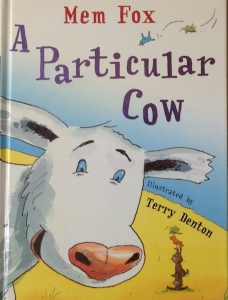
For a fun picture book (also based on a true story) about a cow, without any horns, check out A Particular Cow written by Mem Fox and illustrated by Terry Denton. It’s hilarious!

Thank you for reading. I appreciate your feedback. Please share your thoughts.






